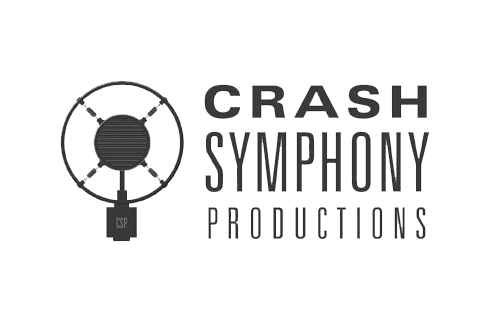Studio Interviews: Crash Symphony Productions
We take a trip Down Under to Sydney’s Crash Symphony Productions for a chat with James Englund about the work they do, their newfound love of DIY gear and the importance of investing in great gear from the get go… Interviewee James Englund Position at studio Head Producer & Publishing Director Web http://www.crashsymphony.com.au Tell us […]
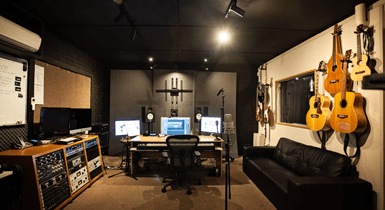
We take a trip Down Under to Sydney’s Crash Symphony Productions for a chat with James Englund about the work they do, their newfound love of DIY gear and the importance of investing in great gear from the get go…
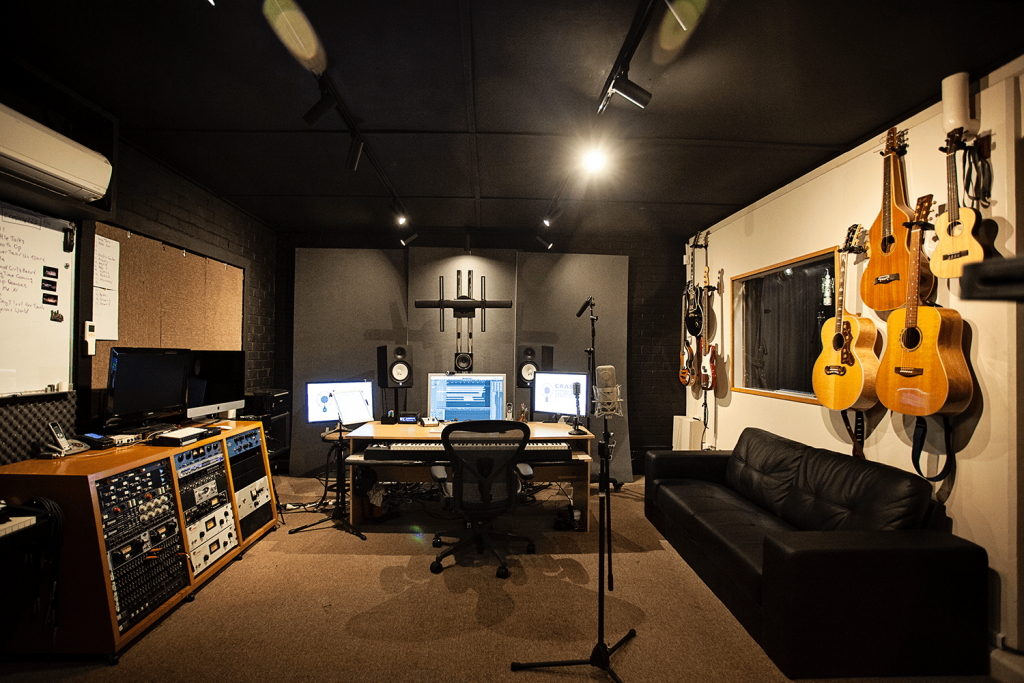
Interviewee James Englund
Position at studio Head Producer & Publishing Director
Web http://www.crashsymphony.com.au
Tell us a little about the studio…
Our studio is called Crash Symphony Productions. We have been operating as a commercial recording studio since 2006 and our list of clientele has been growing exponentially ever since. Much of our success has been due to our location in Neutral Bay, Sydney. We are a stone’s throw from the Sydney Harbour Bridge on the North side, so we are perfectly positioned to receive business from two of Australia’s major CBDs – North Sydney and Sydney City. As a result, our business is a mix of music work and corporate clients.
What’s your gear list?
- Apogee Symphony IO
- Neve 1073 pres
- API 3124+ pres
- Chandler TG2 Pres
- Peach Audio pres
- 2 x LA2As
- 1 x UA 2LA2
- Brook F96 Compressor
- 2 x Distressors
- Pultec
- Wagner U47w Tube Condenser
- Neumann M149 Tube Condenser
- 2 x Neumann KM184 Pen Condensers
- 2 x AKG 414 condensers
- Sennheisser 416 Shotgun microphone
- DPA Lapel microphones
- Royer 121 Ribbon mic
- 7 x Shure sm57
- AKG D112 Kick mic
- Avertone Mix Cube
- NS10s
- HS80s
Huge array of musical instruments including drums, synths, pianos, wind instruments, percussion, guitar and bass amps, guitars and basses, upright bass.
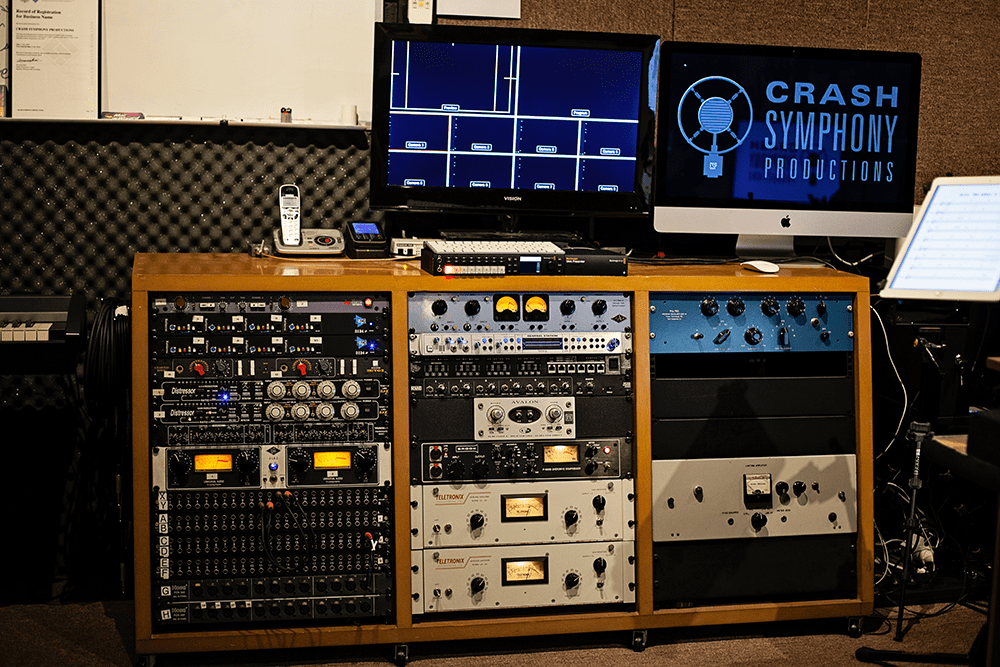
Which DAW do you use and why?
Most of our work is done on Logic Pro X because this program has been well geared towards composers and music. However, some of our producers prefer to work on Ableton. We also have Pro Tools HD because most film companies work in Pro Tools.
That’s a lot of enviable gear, what’s your favourite?
Our Avertone MixCube has made a big difference to the reliability of our mixes. Many large studio speakers can make work sound really good without needing to do too much. However, that doesn’t necessarily mean that the mix will translate to other speakers and sound good. We find that when we use the mix cube it is extremely revealing in the mid range. The rule-of-Thumb is to get it sounding great on the MixCube and the big speakers. Once that is achieved it is more likely to translate well for the folk back home or in the car.
How often would you say do you spend in your studio per week?
Crash Symphony Productions is an extremely busy studio. As a result we operate 7 days a week and at all hours of the day. It is impossible for any one person to do all that work so we have four producer-engineers take sessions throughout the week.
You mentioned a varying client base, what kind of work comes through the door?
CSP is a fully functioning professional recording studio. Almost all the sessions that happen in the studio are commercial. Unfortunately, whilst we are all composers and writers, we get little time to work on our own material. It’s all business. As we mentioned in question one, Crash Symphony Productions is used for a wide array of services.
[Modula id=’20’]
Historically, much of the high-end work has comprised of voice over jobs. This includes straightforward voice over for TV and Radio Commercials, ADR for films and TV shows, voice over for videos, audiobooks and podcasts – pretty much any recording work for voice that you can think of. As you can imagine, we’ve invested very heavily in ensuring our voice equipment is second to none.
In the music arena we offer an array of services like mixing, mastering, recording and everything else you would expect from a traditional music-recording studio. However, we feel that it is our approach to video and audio that makes us different from the rest of the studios in Sydney. We recognised, from our clients’ needs, the importance of video content with audio content. YouTube, and the ever-growing thirst for video content on the Internet (currently, 75% of the content on the Internet is video… and it’s growing!), has changed the playing field for the music industry. We found that our clients needed to get video content to access YouTube and other platforms on the Internet.
What is next on your studio’s shopping list?
We have some very specific items that are coming up for purchase soon. The first is a new set of near-field mixing monitors. We haven’t settled on what brand we are getting yet but ATC and Barefoot are the two major contenders.
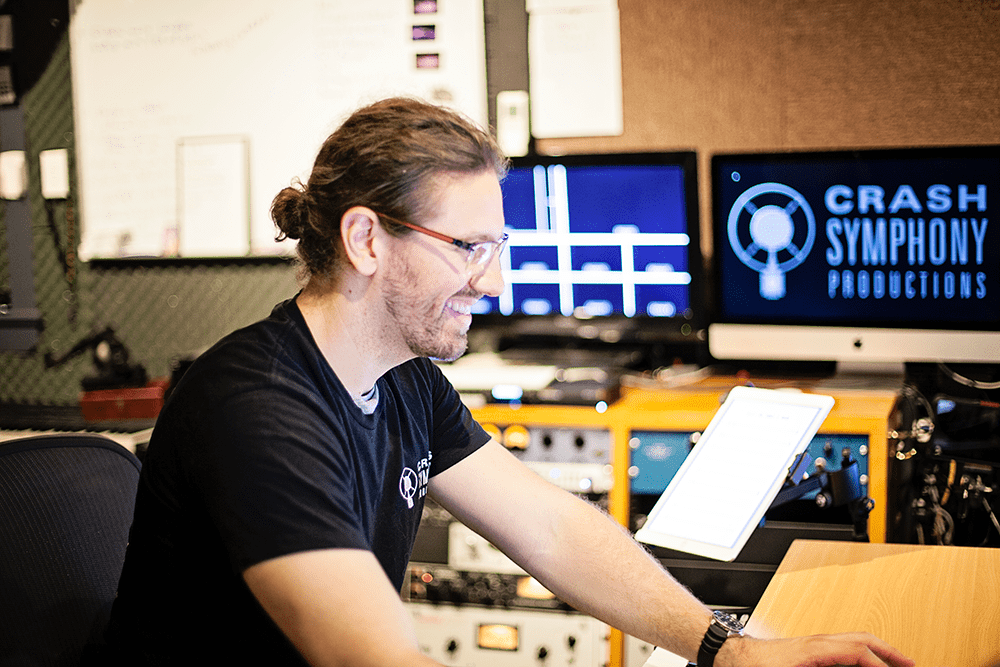
We also have our sights on a Neumann U47 Fet microphone. Actually, this is really a must-have in a serious recording studio and regret not getting one soon. These are perfect microphones for recording kick drum, bass cab and vocals. We are also considering upping our conversion quality from Apogee to Prism Sound. This is less of a priority because we are getting great use out of our Apogee, but the top rung on the ladders is probably the Prism gear.
Anything annoy you about your set-up?
Nothing annoys us about our studio. We love it. Any work that needs to be done is just polishing a diamond!
What is your dream piece of gear?
The LA2A was the dream piece of kit for a long time. However, in the past couple of years we’ve become very enthusiastic about the DIY fad that seems to be sweeping across the globe. As a result we have started building our own equipment. It has been extremely rewarding. The first piece of kit that we created was the dream LA2A. We trawled the Internet and found all the individual components and ordered audiophile grade resistors and capacitors.
Once the build was complete we found ourselves with two amazing sounding LA2A compressors. They were a dream for a long time. We still can’t believe we have them now and they sound better than what you can buy from UA as a plugin or a hardware unit. We’re so happy with these units. The next build is a vintage UA176. This is the original unit that Retro modelled their 176 from. This will be build for 2018.
What is your top piece of production advice?
A well-arranged piece of music will largely mix itself. Get the arrangement right and you’ve won most of the battle.
What is the one piece of advice you would give someone starting out building a studio?
Only buy superlative gear at the beginning. Many people take the approach that they don’t need the top equipment when they are beginning. However, this leaves you trying to achieve the quality that top studios and engineers can easily attain. The equipment does a lot to the sound. It’s better to get great stuff early than wait.
One of our first purchases was Neumann’s top flagship microphone the M149. The microphone sounded so good that it actually brought business into the studio. Stand out from the pack by putting your money where your passion is and buy only the best.
The trick is to know when to stop buying equipment. In the end, producers end up spending all their money on equipment when largely they are all just different flavours of the same thing. It’s great to have an EQ, but it’s excessive to buy 20 that all pretty much do the same thing. Get good gear and master that gear.
